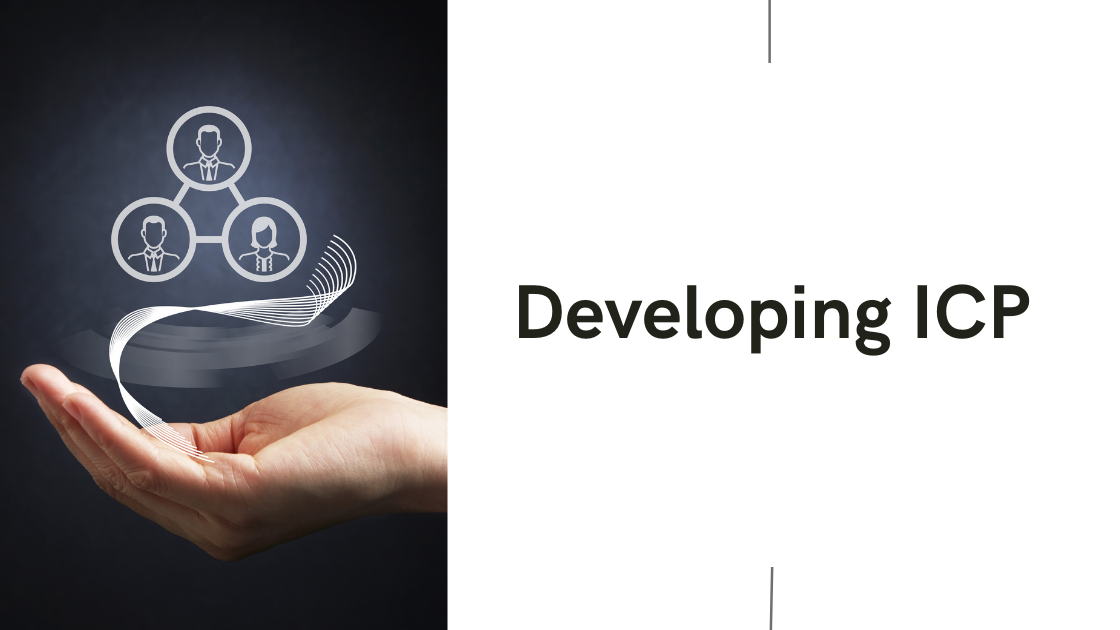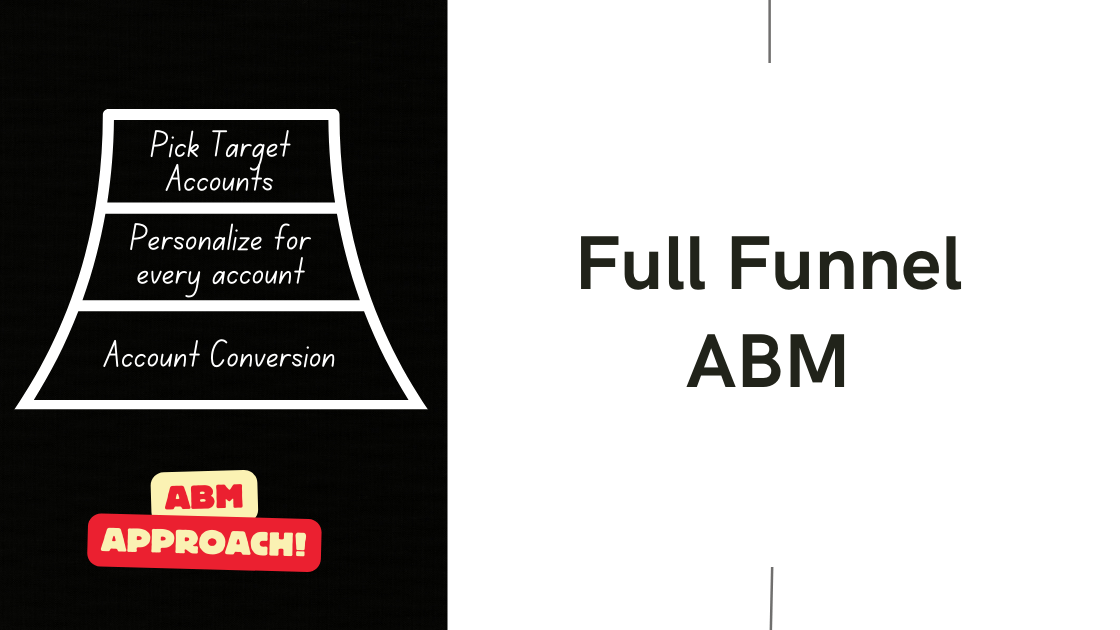Building the right audiences is foundational to executing successful marketing programs.
B2B marketing is not an exception. More so for ABM.
An audience is nothing but a list of target accounts (or contacts) segmented for a specific type of marketing campaign.
Wrong audiences can lead to wasted efforts, budget, and end up attracting the wrong type of prospects into the funnel.
Given the high stakes, it's imperative for marketing teams to understand the various processes involved in audience building and approach the task methodically.
B2B audience: Key Terminologies
Total addressable market (TAM): Total addressable market, also called total available market, is a term that is typically used to reference the revenue opportunity available for a product or service. TAM helps prioritize business opportunities by serving as a quick metric of a given opportunity's underlying potential
Serviceable Addressable Market (SAM): SAM is the part of the total addressable market that can actually be reached.
Serviceable Obtainable Market (SOM): SOM is the portion of the Serviceable Addressable Market (SAM) that is realistically capturable.
Ideal customer profile (ICP): It's the attributes of customers that are the best fit for your product and have the highest propensity to generate the most value for your business. Once you define your ideal customer, you can tailor your efforts toward creating a marketing campaign with messaging that resonates with their needs.
Target account list (TAL): A list of highest-priority accounts that matches your ICP and is distilled from SOM.
Campaign Audiences: Audiences are Accounts or Contacts segmented from TAL and those that align to the campaign goals.
Assuming your TAM, SAM, and SOM are sorted, we will cover the rest of the process involved in audience-building.
Start with ICP
Your ICP defines the firmographic, demographic, technographic, and other behavioral attributes of the accounts (and key contacts) that are expected to become your most valuable customers.
Identifying the characteristics of organisations that are a good fit for your product or service requires deep analysis. Analyzing your largest and most successful clients is a good place to start. This would most likely comprise a mix of quantitative and qualitative data.
The analysis might involve obtaining information from your sales funnel, website traffic, customer calls, and competitive information. The sales funnel data from your CRM is an excellent place to start constructing an ICP for most firms.
You can read more about drafting your ICP here.
Building your Target Account List (TAL)
Simply put your TAL is the list of accounts that you intend to direct the majority of your effort and resources towards. It is the core of your GTM strategy that brings together Marketing, Sales, and Customer Success functions.
Depending on Product lines/Service lines, you may have more than one TAL. The size of your TAL will largely be determined by your TAM, revenue goals, team bandwidth, and budgets.
Identify your TAL
- Use ICP filters in your CRM, and other customer data sources to generate a list of matching accounts.
- TAL needs to be developed taking inputs from all the stakeholders. Your Sales team may maintain a list of priority accounts, accounts that they are in conversation with already. The marketing team may advise accounts based on previous engagements. Customer Success teams may be able to identify a set of accounts where they see the potential for expansion. Your CEO office may be following up high profile accounts.
- You may also consider choosing accounts that resemble (look-alike) to your existing customer base.
- Look at your competitors’ customers
- Have a balance with the number of accounts created, let it not be too few or too high.
- Make sure your TAL is the right size for your revenue targets and sales capabilities.
- Considering revenue objectives, expected conversion rates, and salesperson headcount into the equation is the best approach to optimize the list.
Tiering your TAL
Tiering your Target Account List allows you to know which accounts require more attention, personalization and specialized GTM plays to get their attention. Here are the generally accepted ways of Account Tiering.|
Tier I: These are the best fitting accounts for your ICP. It may also include logos with strategic interest.
Tier II: are strong ICP fits but have a lower lifetime value.
Tier III: fit most, but not all, ICP criteria. They’re worth pursuing but typically not worth investing significant resources to win their business.
You can also adopt the following techniques for Account Tiering
Account scoring: Rank your accounts by their probability of conversion using defined parameters that are applicable to your target accounts.
Using Intent signals: Create a list of intent subjects that are important to your business, utilize vendor data to obtain lists of accounts that have expressed interest in those topics, and examine intent levels and recency.
Using engagement signals: Look at things like channel engagement, site visits, and content engagement to get a better idea of which accounts to prioritize. Cross-reference interaction at the account, campaign, and opportunity levels using your CRM.
Marketing and sales may prioritize which accounts to target, when to contact them, and how much to spend using a combination of static and dynamic data. Update your TAL whenever needed, but no more than quarterly, depending on the duration of your sales cycle.
Now at the end of this exercise, you should arrive a simple table with a split of accounts across 3 tiers. Let's say your TAL size is 4580 accounts. And based on the above factors you have broken it down into three tiers as per the below distribution.
Audience Segments
Segments are going to be serving as direct input for launching marketing campaigns.
Once you have the basic Tiering done, you may want to start identifying micro-segments to build as granular an audience list as possible. This way your messages and communications can be targeted and can be made to better resonate with your audience.
There are a number of ways you can create the segments provided you have well-researched TAL and Account attributes that you can use for segmentation.
The easiest way to approach this is to create a matrix with two axes, for which you have enough data points.
In the above example, of the 4580 accounts that are part of your TAL, you can start by distributing them across the type of ABM that could be applicable for each of the Tiers.
Now, you can further segment each Tier by the Funnel Stage.
The segments can even be taken to another level down by using the Firmorgraphc, technographic, Location, and other attributes. Like in most things Audience building strategy is going to be unique for each company. The important thing to note is for ABM campaigns to yield results faster one has to invest enough resources and time to understand their Target accounts deeply and use the information to create intelligent segments before jumping straight ahead to launching campagins.












